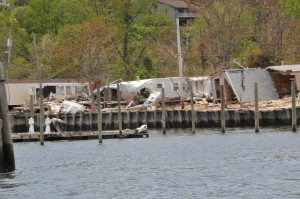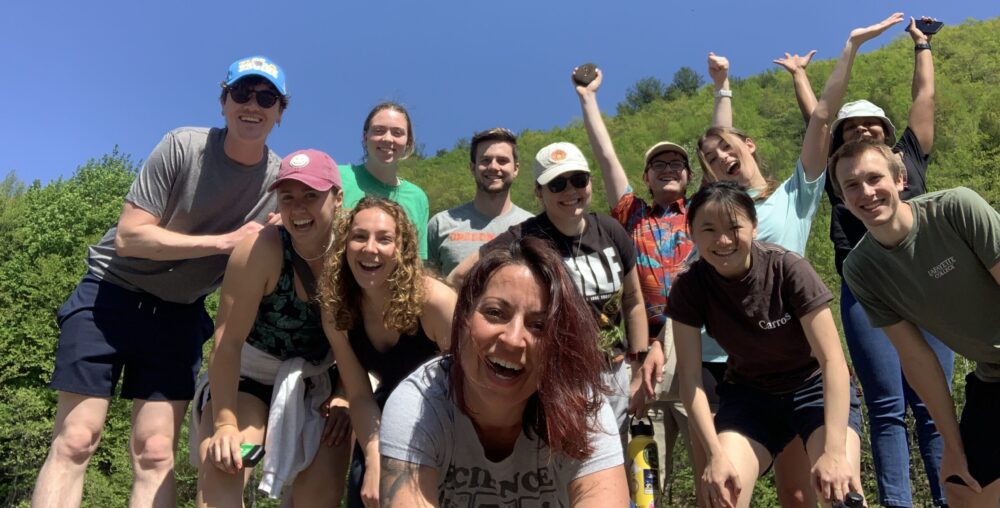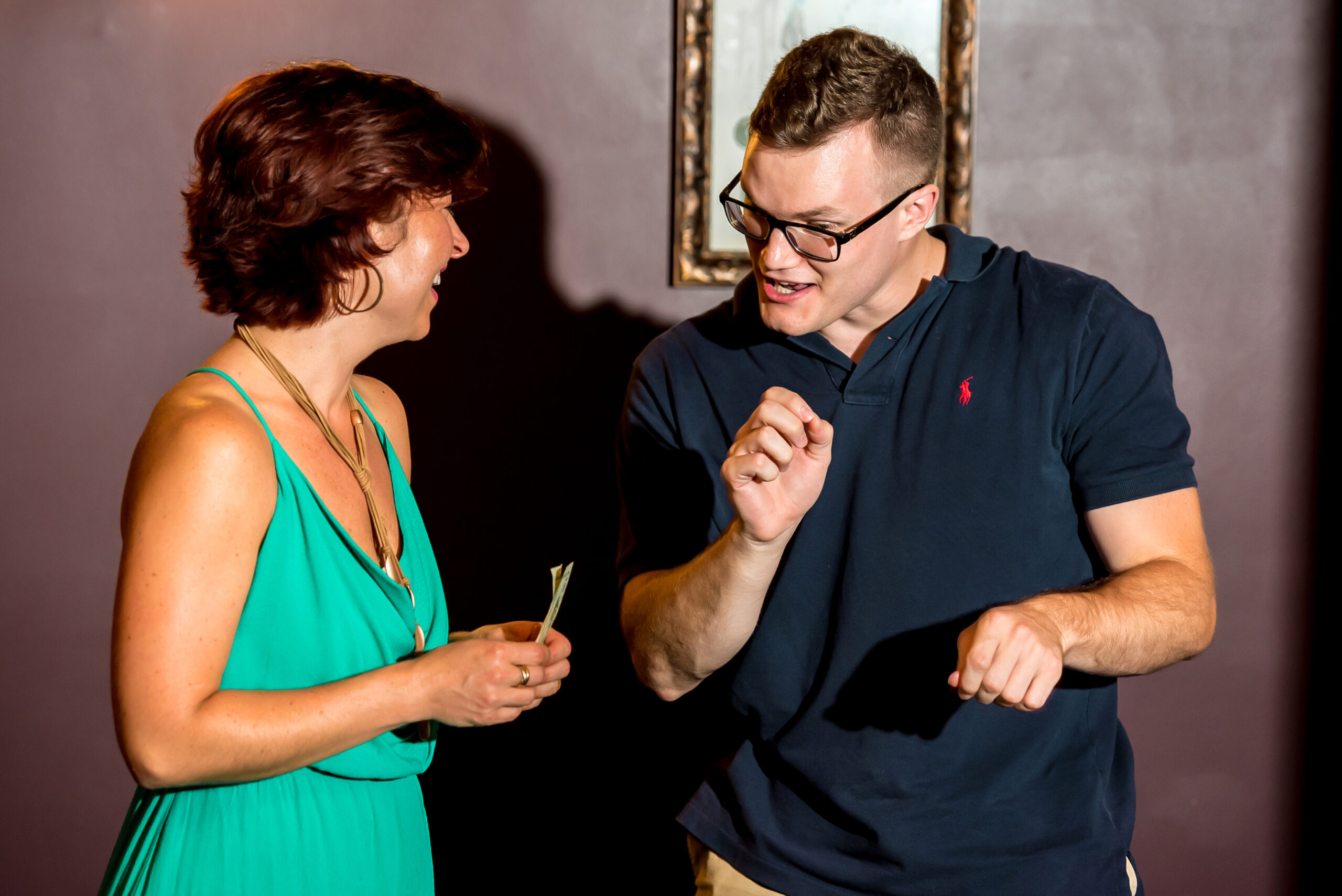Category Archives: Uncategorized
LAB FAMILY REUNION!
We are currently in the process of planning a 10-year reunion to celebrate the success of the lab and each other! The event will happen sometime in summer 2019 to correspond with the opening of the new Rockwell Integrated Sciences Center. If you haven’t done so already, fill out the doodle poll Andrew emailed out to let us know when you are available in July and August 2019! We hope to see you there, LAB FAM!
More details to follow – stay tuned!
Harmful Algal Blooms (HABs) Increasing in Frequency
Recent news articles relating to HABs:
Algae toxic to dogs and one dies
Red tide off Florida coast kills manatees
Blood red lakes in Ohio due to toxic algae
Hot weather ripe for toxic algal blooms
Rock Snot in the Upper Delaware
NOAA predicts significant blooms in Lake Erie
Toxic Algae Shuts Down Water Plant
Fish and Marine Mammal Deaths in Australia
Farming Groups Focus on HAB prevention
Superstorm Sandy

Damage caused by Hurricane Sandy to the Atlantic Highlands marina where we conduct our research on Raritan Bay.
Hurricane Sandy made landfall along the coast of New Jersey on October 29, 2012 and caused major damage to both the New Jersey and New York coastlines. Although precipitation totals associated with the storm were less than predicted, Hurricane Sandy arrived close to spring high tide and created a record storm surge in Raritan Bay at Sandy Hook of >3.0 m. Hurricane Sandy is the largest Atlantic hurricane on record and the second-costliest Atlantic hurricane in history (behind Hurricane Katrina). Damage caused by Hurricane Sandy took several WWTPs offline in New Jersey, and raw sewage carrying high levels of fecal coliform bacteria, nutrients, and pollutants emptied into New Jersey’s rivers and estuaries, including Raritan Bay. We are currently analyzing the environmental impact of Hurricane Sandy on Raritan Bay water quality in the fourth year of our monitoring study.
We planned to carry out a controlled, in situ microcosm experiment in Raritan Bay to investigate the interaction of nitrate, ammonium, and ferrous iron in structuring phytoplankton assemblages in Raritan Bay on November 3, 2012. Unfortunately, this date was less than one week after Hurricane Sandy hit the coast of New Jersey. Because Hurricane Sandy completely destroyed the Atlantic Highlands Marina and damaged the boat we charter for our research, we were unable to complete the experiment as planned. This is the unfortunate reality of field work even for the most organized of folks! However, we were able to successfully complete this experiment on May 25, 2013. Yay!























